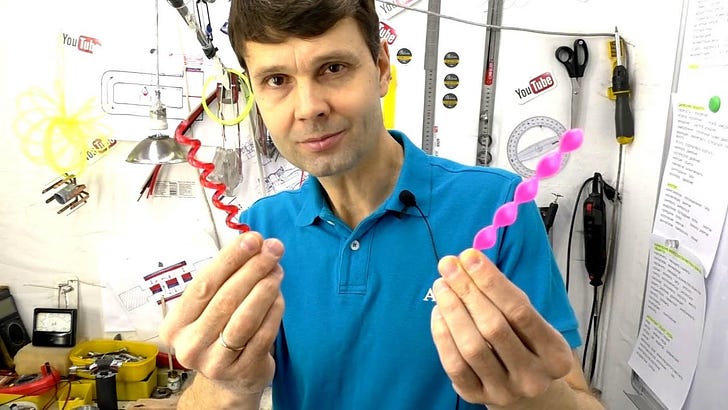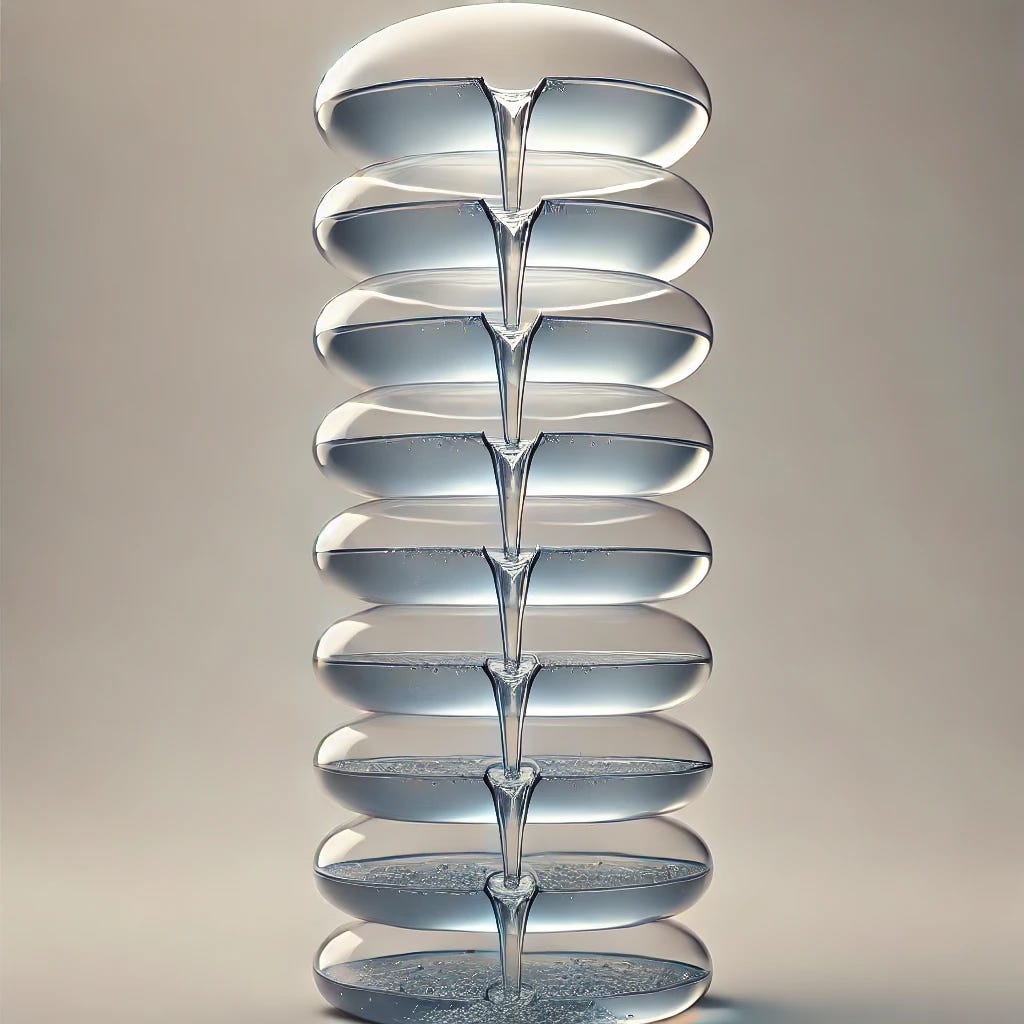Did you know that there is a “potential difference” or voltage differential across the vertical span of the altitude on earth?
Earth's atmosphere naturally maintains an electric field, with a voltage differential that increases with altitude. Near the surface, the electric field strength is typically around 100–300 volts per meter. This means that if you go higher in altitude, say from the ground to the top of a tall building or a mountain, there can be thousands of volts of potential difference.
This phenomenon is mainly due to the global atmospheric electric circuit — interactions between the ionosphere and Earth's surface. The potential at ground level is considered zero by convention, while the potential at higher altitudes can reach hundreds of thousands of volts relative to the ground.
It turns out, if you could somehow suspend a copper wire from a height, you would have a totally free and infinitely renewable source of electricity, trickling down the wire.
This is a physical fact of the earth. I learned about this in one of Nikola Tesla’s papers a while back. It will take me some time to sort out which one it was, but essentially there is a voltage difference across the altitude (going upwards/downwards) and it is theoretically possible to harness this.
Okay, entertain me for a minute. How can we lift a wire up into the heavens without expending more energy than we get from this exercise? If we use a drone or something it’s gonna be very energy-intensive and cost much more energy to float the drone than we’ll get from the wire trickling ambient voltage.
But what if we could do something else, relying on more passively occurring, natural forces to lift the wire for us?
Exhibit A: if you put a corkscrew shaped object in a column of flowing water, it will climb.
Okay, imagine we have an insulated wire attached to this weird corkscrew climber thing.
Let’s expose the wire in a dry way, so that the exposed wire end does not get wet. We can maybe imagine a small umbrella-like apparatus at the bottom of this corkscrew that can freely rotate, so the turning of the corkscrew doesn’t knot up the wire.
Okay, nice, sounds like we have a wire that can climb to the heavens, if only we had reliable, smooth flowing water all the way from the sky to the earth.
The second part of the apparatus in my mind is a tall column of very light balloons that act like collecting or coalescing points for water.
In a place with rain, we might be able to float some balloons really high, in tiers, and have each balloon guide water through a drainage sink hole, creating the desired tall column of water we need.
Basically like in the image above, but it would be balloons, each one feeding into the next. They would not hold onto a lot of water, they would just guide it down to the next tier.
Maybe something like this.
GPT generated a really weird image to explain the concept. It’s not accurate but I thought it was very intriguing. The spiral corkscrew object is the lifter object. In the video above you can see how a corkscrew will climb a flow of water. This is 100% due to the spiral of the corkscrew, the positive action of the water flowing in a particular direction, straight down — thanks to gravity — is forced to wrap through the corkscrew, causes the corkscrew to rotate, causes the corkscrew to effectively climb. Essentially, the corkscrew is able to harness the positive action of the water to create motion in the contrary-to-flow direction.
It would probably be difficult to make such a delicately nuanced system to harness the voltage potential difference in the atmosphere, but when I saw the corkscrew climbing the faucet water’s mostly laminar flow, and remembered that we could collect energy-at-a-height if we could string a wire high enough, I put two and two together and invented a power plant.






